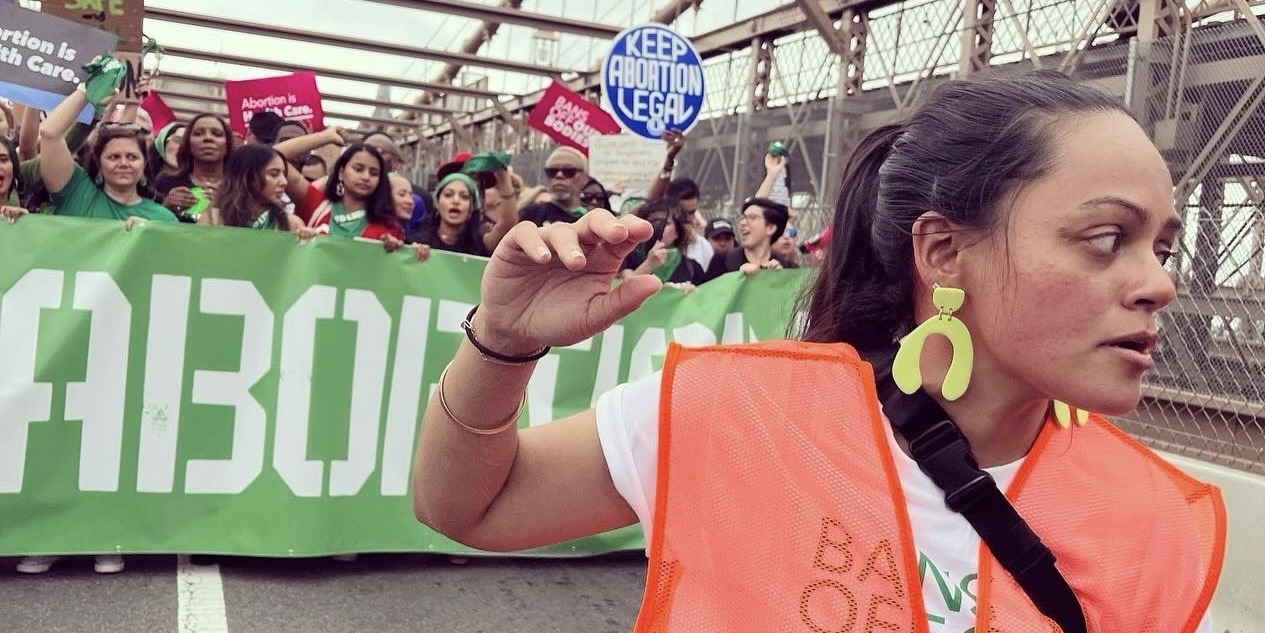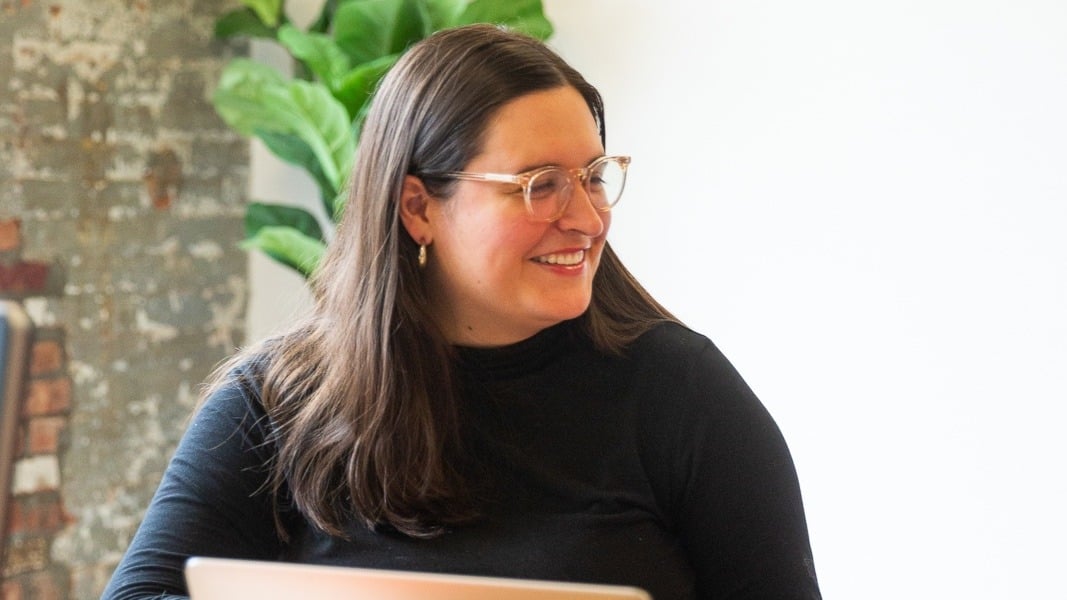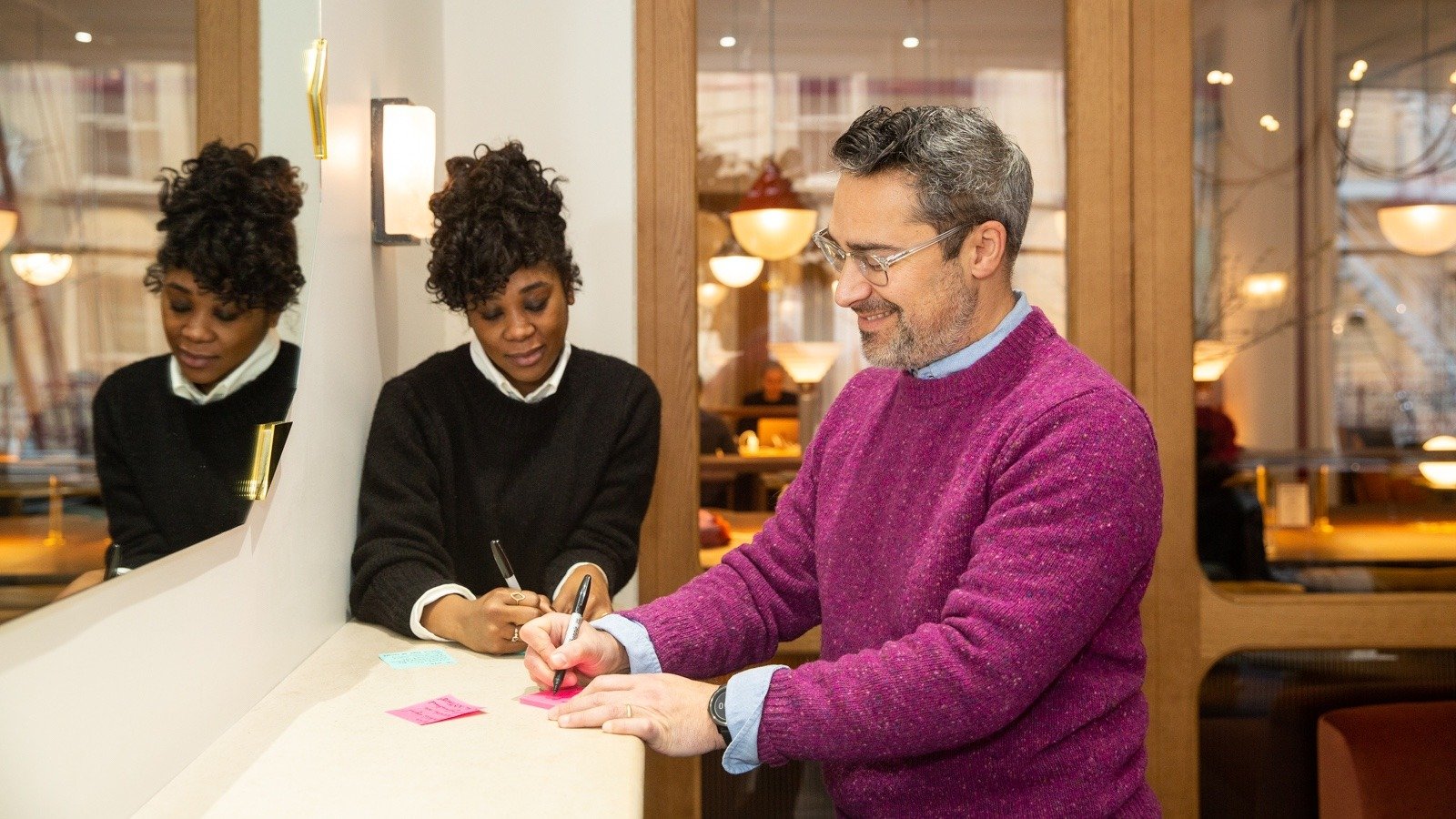Published June 29, 2022 | Updated March 13, 2025 | 2 minute read
A conversation with social justice leader Sasha Ahuja
Eight days before the Supreme Court officially overturned Roe v. Wade, I spoke with Sasha Ahuja, community organizer and national director for strategic partnerships at Planned Parenthood.
Sasha and I discussed how advocacy organizations make decisions in moments of urgency and upheaval.
Below are Sasha’s 3 key tips on making equitable decisions in these situations. For more advice, check out the full video of our conversation above.
1. Center the people most directly impacted by the crisis.
When the proverbial sh*t hits the fan and you have to respond immediately, Sasha’s advice is to first take a breath. Reactivity doesn’t always serve the people most directly impacted, and in moments of crisis, their needs should be front and center.
Gather your team or coalition, and work together to identify the people your decisions need to support. Let their needs guide the rest of your decision-making process, enabling quicker action with greater impact.
2. Set clear priorities for immediate action vs. longer-term action.
Decisions made in a 24-hour turnaround might require a different set of trade-offs than decisions with a longer lead time. Sometimes a trade-off that’s acceptable in the short term needs to be reevaluated in the long term.
Sasha advises organizations to openly acknowledge these limitations, and address them in longer-term strategies. It’s not about a single action; it’s about cultivating an ecosystem of actions, wherein everyone can find a way to take part.
For more on equitable prioritization in decision-making, check out Tirzah Enumah’s blog on Even-Overs.
3. Champion focused wins.
As Sasha put it, “The organization ain’t the revolution.” Justice movements are working to forge a new paradigm that’s never been seen before, while organizations, structurally speaking, are part of the old paradigm that got us here.
But organizations can provide tools to support the revolution. How? By channeling big rage into focused wins.
For example, Planned Parenthood’s president Alexis McGill Johnson has laser-focused the organization’s current efforts on Black reproductive health. By centering equitable care for Black patients, Planned Parenthood can make measurable progress in patient outcomes, and advance the movement for reproductive justice as a whole.
Summary
Clarifying trade-offs and making priorities explicit can help organizations mobilize quickly around a shared goal, and make meaningful progress even in the face of enormous obstacles.
As we collectively respond to the rollback of Roe v. Wade, I hope this message sparks some hope. Big problems can be tackled through lots of smart, small decisions, especially if we boldly embrace new methods of making them.
Next Steps
To help mitigate the immediate harms brought about by the Supreme Court ruling, visit the National Network of Abortion Funds to find and support local abortion access funds.
And for a breakdown of the decision-making tools we use every day at August, watch the video above starting at 43:43. (Really, watch the whole thing!)


.jpg)






